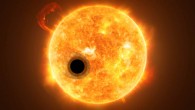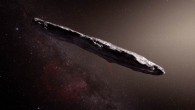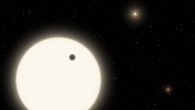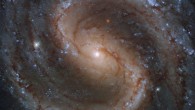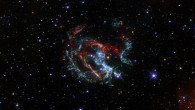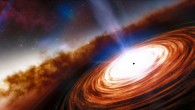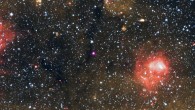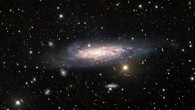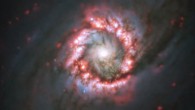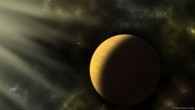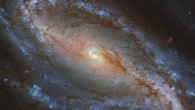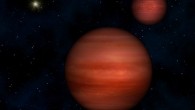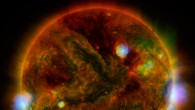First theorized in the 1970s, axions are hypothetical particles that were proposed to preserve a time-reversal symmetry of the nuclear force. These particles may make up dark matter and may be produced thermally inside the cores of neutron stars, escape the stars due to their feeble interactions with matter, and subsequently convert into X-rays in the magnetic fields surrounding the stars. In a paper in the journal Physical Review Letters, astrophysicists...



